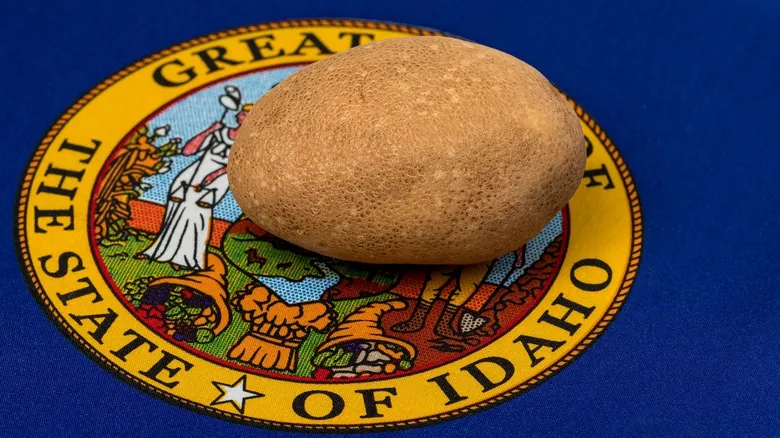Convenience food meets modern appliances

Before the advent of tuna casserole, there was cod à la béchamel, a dish that can be traced back to at least the 1840s. This classic recipe featured flaked white fish and a creamy béchamel sauce, commonly referred to as white sauce in the U.S. It was often garnished with toasted bread cut into fun shapes. By the 1930s, canned tuna had taken the place of cod, and Campbell's cream of mushroom soup had become the new béchamel. Tuna casserole gained popularity during the war years, as its ingredients remained easily accessible while many others were scarce due to rationing.
The dish not only endured after the war but also became a household favorite in the 1950s, as it required minimal cooking skills and could be prepared quickly using convenient modern ingredients and baked in an electric oven.
If this discussion of tuna casserole has sparked your appetite for this comforting dish, here’s a simple tip to avoid a dry casserole: cook the noodles separately before baking. Additionally, consider replacing the traditional topping with corn chips for a more flavorful and extra crunchy twist.
Recommended

Whatever Happened To Dunkaroos?

How Black-Eyed Peas Became A New Year's Day Tradition

How Grocery Store Displays Trick You Into Buying More

How Idaho Became The Undisputed Potato Capital
Next up





